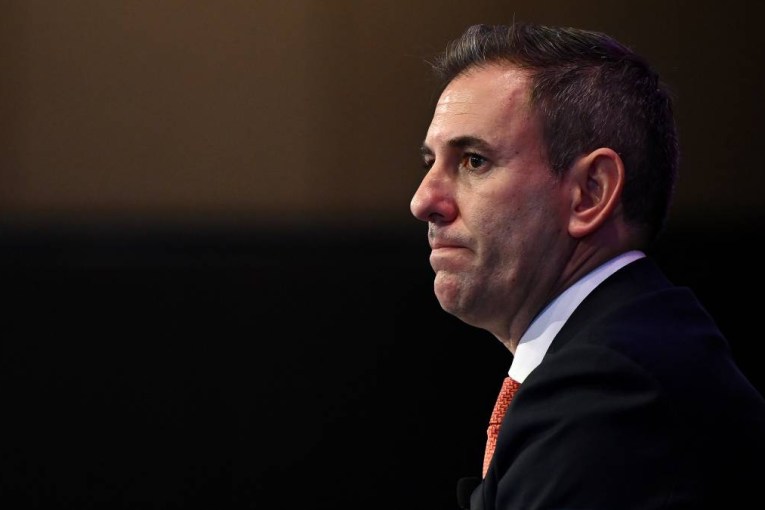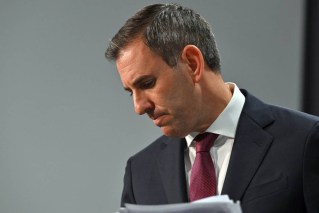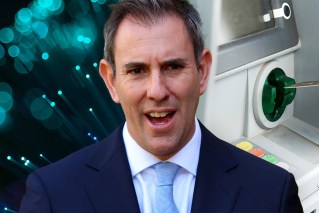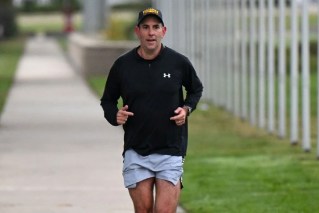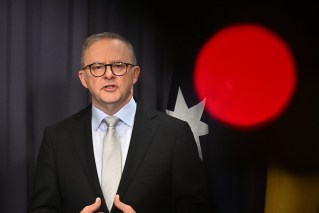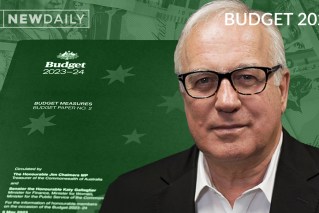Michael Pascoe: The ageing reality threatening Josh Frydenberg’s budget


Photo: TND
Josh Frydenberg’s half-hour upon the budget stage next month will contain the standard tension between politics and economics, but with an extra twist: Conflict between the budget’s inevitably rosy projections of everyone living happily ever after and Treasury’s looming intergenerational report.
That’s assuming the fifth report – the IGR – strives to regain some credibility after the farce of Joe Hockey’s 2014 effort.
Given the demographic realities facing Australia, an honest IGR won’t wash with the fairy tale assumptions that allowed Mr Frydenberg’s 2020 budget to forecast 3 per cent GDP growth in 2023-24 and thereafter.
The 1998 Charter of Budget Honesty Act requires the Treasurer to publish an IGR every five years to assess the long-term sustainability of government policies over the next four decades.
Population specialist and former Immigration Department deputy secretary Abul Rizvi reckons governments have used the IGRs to present the rosiest possible outlook ever since Wayne Swan’s 2010 effort.
“Joe Hockey went even further, telling us his budget austerity policies would lead to economic and budgetary nirvana,” Dr Rizvi said.
The fifth IGR, due last year, was delayed along with the 2020-21 budget by the pandemic’s uncertainties.
Somewhat worryingly, the Treasurer announced: “The next Intergenerational Report will be released in mid-2021 to ensure there is adequate time to produce long-term projections that are based on robust budget estimates”.
That sounds like a cart being placed before a horse. It would be more reassuring if budget estimates were made with the benefit of a robust IGR’s examination of the demographic outlook.
Mr Frydenberg’s 2019 budget had a 10-year plan that was built upon such joke demographic assumptions that the government had to establish a Centre for Population, which subsequently quietly buried the budget nonsense.
A Treasurer can get the projections he wants the public to see by fiddling the assumptions poured into the budget sausage machine.
“Frydenberg relied on productivity growth returning to a healthy 1.5 per cent per annum after years of anaemic growth dragged down by weak aggregate demand,” Dr Rizvi observed.
“No major developed nation has averaged real economic growth or productivity growth anywhere near 1.5 per cent per annum once deep into its population ageing phase.
“Frydenberg also assumed labour force participation would be unaffected by our rapidly growing retiree population and overall population would grow at levels Australia has never before seen in its history – all while Morrison was telling us immigration had been cut to ‘bust congestion’.”
Monash University later this year will publish Dr Rizvi’s Population Shock book that examines the challenge of all the developed world, plus China and Russia, in the “ageing stage” when population shrinks and average age keeps rising.
A nation doesn’t have to get to that stage before feeling the demographic drag.
”A very strong labour market would be required to maintain a high participation rate given the number of retirees in Australia’s population, net of deaths, is likely to rise by another million by 2030 to around five million,” he says.
“The accelerating increase in retirees will further weaken aggregate demand given the much lower spending habits of older people.
“If aggregate demand is persistently weak, businesses will be reluctant to invest in productivity improving technology or processes.”

Josh Frydenberg needs more of these to make his happy budget tale believable. Photo: Getty
The unanswered challenge is how can the government generate strong aggregate demand against the background of severe population ageing.
“My fear is that in the 2021 Budget and Intergenerational Report, Frydenberg will simply assume strong wage growth and a tight labour market with zero justification for how that will be realised. Treasury’s recent Retirement Incomes Review does just that, assuming wage growth of 4 per cent per annum.”
Australia relies on immigration for population growth – our domestic births aren’t keeping up with deaths. A primarily skills-based program slows but does not stop the population ageing.
As it stands, the Centre for Population’s paper forecasts population growth averaging just 1.1 per cent this decade, down from the 1.5 per cent assumed in the 2019 budget.
That’s still much stronger than nearly all of the rest of the developed world, but the ageing trend is in place.
Dr Rizvi quotes John Maynard Keynes’ 1937 warning: “With a stationary population we shall … be absolutely dependent for the maintenance of prosperity and civil peace on policies of increasing consumption by a more equal distribution of incomes.”
“But that would mean major changes to both tax cuts for high-income earners if the government is to afford the massive net impact of an ageing population on the budget over the next 10 to 20 years,” Dr Rizvi said.
“Population ageing drives down per capita tax revenue while driving up per capita expenditure.”
An honest IGR would ask difficult questions of budget politics that remain wedded to the rhetoric of tax cuts and the reality of wages suppression.
